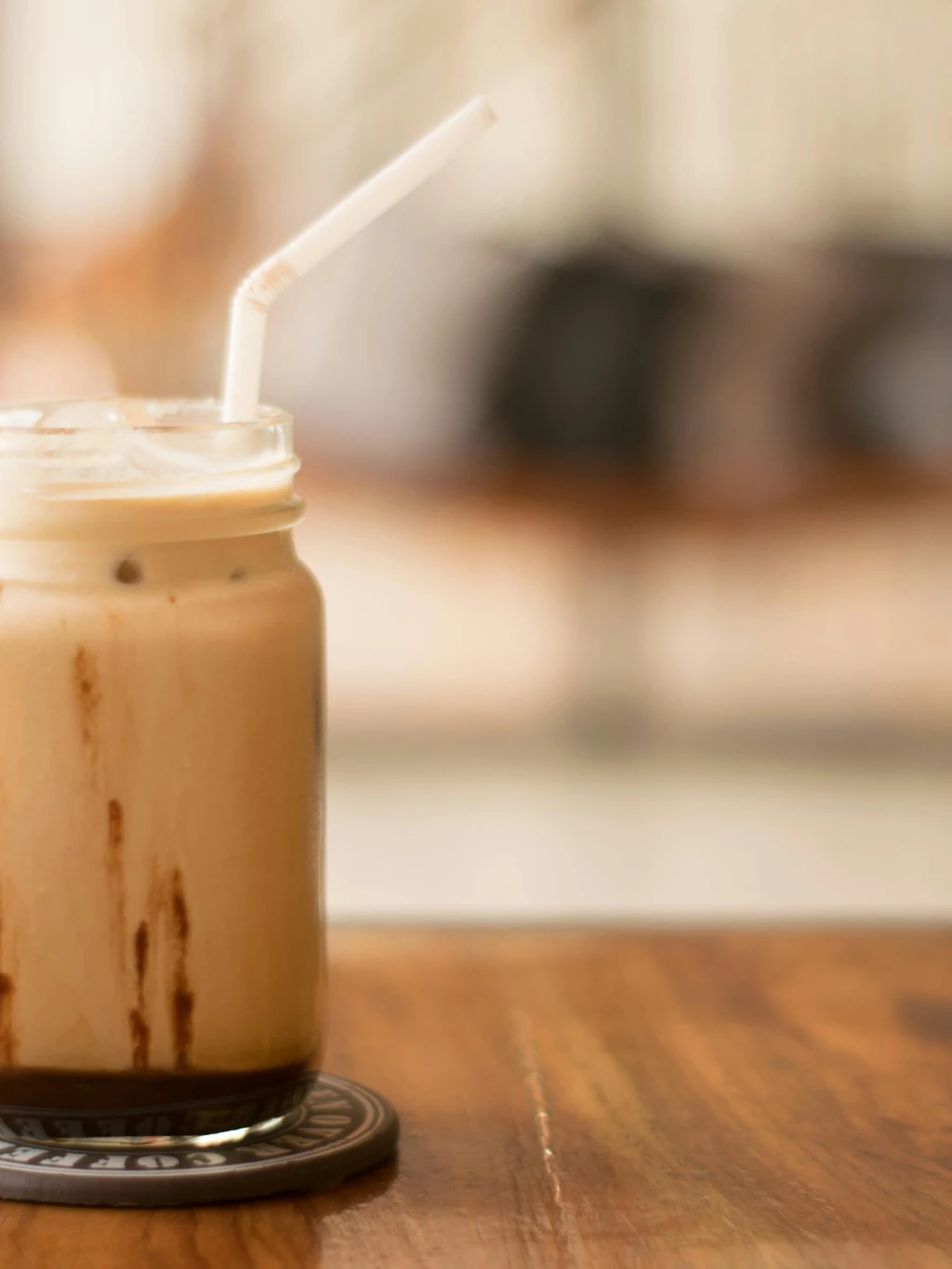
How tea is enjoyed around the world
Tea is a common drink across the globe. It’s a hydrating beverage with a range of different types and flavours. Tea is an important beverage in many different cultures. With next to no calories, tea is a great addition to a low-calorie diet.
Tea has evolved from being a simple grocery item in today's day. Now, it has become a thing of sophisticated consumption. What this translates into, is that people are now looking for more refined options. Different brewing methods and accessories are being sought to add extra flavour and elegance to regular tea. High-quality tea bags will in an expected high demand the upcoming years.
With all these varying types, how are they all enjoyed? Are there certain ways to drink them, and which rein favourite in different countries?
We wanted to break down some of the most interesting and diverse ways tea is enjoyed globally.
1. Tea in Europe
Unsurprisingly the most popular tea across Europe is English Breakfast. The strong and malty blend of black tea is paired with milk and sugar and enjoyed throughout the day.
Tea was unknown to Europeans until the 16th century, with Portugal being the first to discover it.
Tea was introduced to France in 1635, and to England in 1650. Among all the European countries tea came to, it seemed to take root in England following the addition of sugar.
Although Brits may be well-known for being big tea drinkers, they actually don’t drink the most in Europe. Britain is 3rd when it comes to tea consumption across Europe, with Ireland and Turkey taking the lead. Having said that, in the UK (United Kingdom), 33% of people drink 4 to 5 cups of tea per day during the week.


2. India and Chai
Tea is one of the most popular drinks in India, with the county consuming 837,000 tonnes every year.
India’s national drink is Chai tea, which is black tea infused with ginger, cinnamon, nutmeg, cloves, and cardamon. Chai sellers are a staple of Indian culture as they line the streets and are a centre for locals.
Traditionally the Chai was served in small clay pots, known as Kulhar in Hindi. Over the years plastic cups or small glasses have become a wider choice to enjoy Chai across India.
3. Chinese Tea
Tea is an important part of Chinese culture, not only in driving economic development but the consumption of tea is a daily practice.
The main varieties of Chinese tea include green tea, black tea, Oolong tea, white tea, yellow, and dark tea. With this then comes the ritual of drinking and enjoying the tea.
Traditionally, you want to cradle the cup with both hands, ensuring you enjoy the aromas before taking a sip. The tea is served in 3 different cups, going up in size for each sip. Following this, the used tea leaves are shown to the guests to compliment the tea.

Tea For The Health Conscious
The health benefits of tea include detoxifying body, weight loss, boosting immunity and mental alertness, preventing heart diseases and arthritis, managing diabetes, and delaying the aging process. It also helps prevent hair loss, fight fatigue, depression, and treat dental issues. Many types of tea have also been linked to lower risks of cancer.
Thanks to the pandemic, people have become very cautious of fitness and hygiene. This has spelled out a demand for healthy and organic teas. The health inclination has also contributed to enhancing the need for proper and sanitized packaging that attracts consumers in these testing COVID dictated times.

Tea & Sustainability
Traceability and sustainability are increasingly influencing consumer choices, especially younger consumers. Consumers want to compare products based on social responsibility and environmental impact information. Companies need to be sure they can back up green claims with evidence.
Omitting negative information, or “greenwashing,” will not be tolerated by regulators or consumers, so the tea industry needs a deeper understanding of the impacts of the supply chain, both its emissions and the carbon sequestration potential, from bush to cup. This requires a Life Cycle Analysis (LCA) of the entire supply chain – including production, processing, transportation, end -product use and waste disposal.
You can enjoy a variety of sustainable teas, from traditional to green and fruit to chamomile. We offer tea brands like Fineleaf, Life by Follis and Tea Cultures ready to fulfil any tea craving.
https://simplelooseleaf.com/blog/tea-culture/best-european-teas/
https://landgeist.com/2022/02/04/tea-consumption-in-europe/
https://www.bbc.com/news/magazine-27991440
https://twinings.co.uk/blogs/news/tea-culture-around-the-world
https://www.chinahighlights.com/travelguide/chinese-tea/
https://www.organicfacts.net/tea.html
Image creditations:
https://www.pexels.com/de-de/foto/gesund-tasse-becher-getrank-5946623
https://www.freepik.com/photos/oolong-tea
https://www.freepik.com/photos/english-tea

